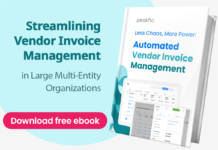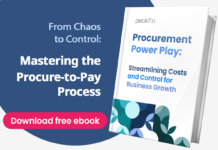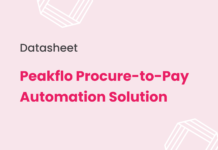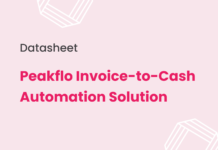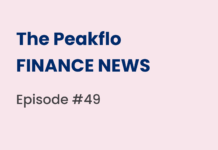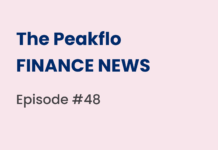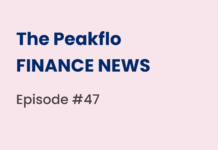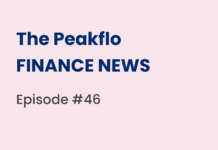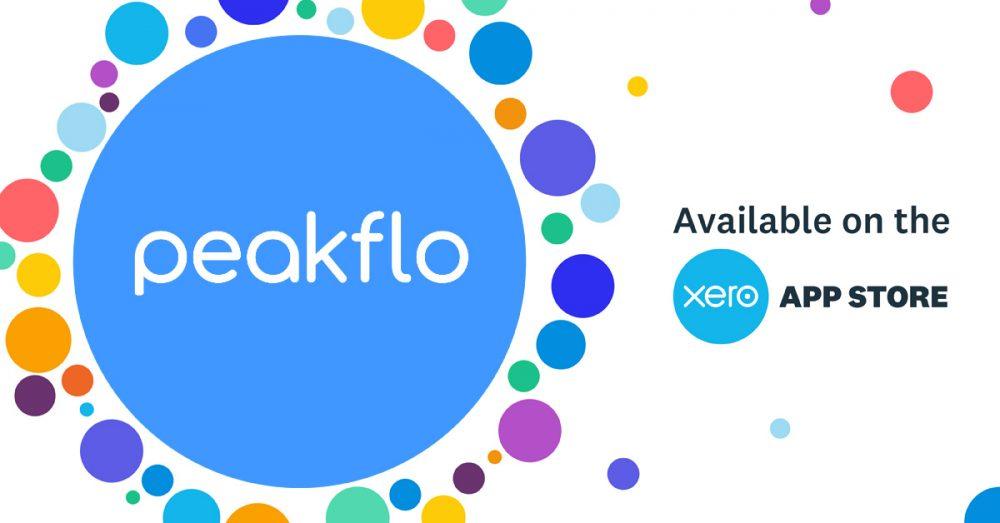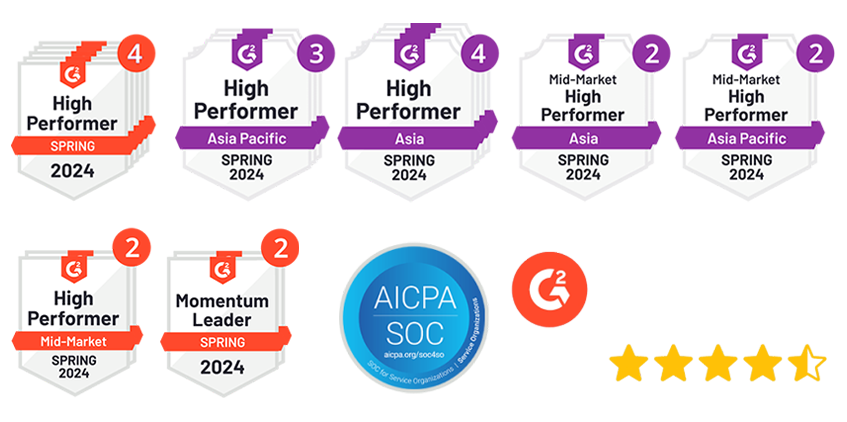Purchase Order (PO) numbers are integral components of the procurement and invoicing processes, playing a crucial role in maintaining organized and transparent transactions between buyers and suppliers.
In this comprehensive guide, we will explore what purchase order number are, their significance in business operations, and how to effectively utilize them in the invoicing cycle. Additionally, we’ll provide practical examples to illustrate their application in real-world scenarios.
What Is a Purchase Order Number?
A purchase order number or PO number is a unique number assigned to each purchase order issued by a buyer to a supplier. It serves as a reference number throughout the procurement process to track transactions.
Purchase order number is used to track and reference the details of a purchase order, including the items or services ordered, quantities, prices, and terms. It helps both the buyer and the seller to easily identify and manage the transaction.
How Do You Create a Purchase Order Number?
Generating a purchase order number is not a complex task. Many businesses take a traditional approach such as PO 001, PO 002, PO 003, and so on. Alternatively, leveraging an accounts payable solution, allows the accounts payable team to automatically generate PO numbers while creating a purchase order.
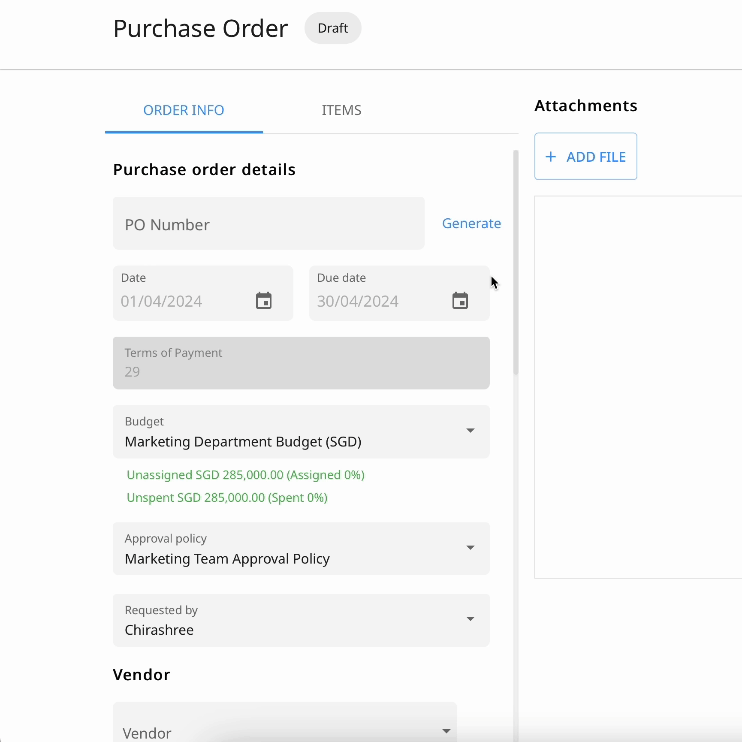
Typs of Purchase Order Number
Here are some types of PO numbers:
- Sequential Numbering: PO-2023-001
In this format, ‘PO’ denotes purchase order, ‘2023’ represents the year, and ‘001’ is a sequential identifier.
- Alphanumeric Coding: PO-ABC-12345
In this format, ‘ABC’ represents the buyer’s initials or a specific department or product category, and ‘12345’ represents quantity or sequence.
- Date-Based Coding: PO-10-2023-005
Here, ‘10’ signifies the month, ‘2023’ the year, and ‘002’ is a sequential identifier.
Example of PO Numbers
Let’s take a look at some real-life examples of PO numbers across the industry:
Manufacturing
A company manufacturing types of furniture might have a purchase order number like PO2023-WOOD-050 where ‘WOOD’ represents the product category and ‘050’ denotes the quantity.
Food and Beverage
An F&B company might have a PO number like PO2023-CAL-NOV-100 indicating the product category, order month, and quantity respectively.
Advertising
For an advertisement firm, the PO number might look like PO2023-VID-JAN representing the service provided and month respectively.
Best Practices for PO Numbering
- Establish a Consistent Format: Choose and adhere to a standardized format, whether alphanumeric, sequential, or coded, for uniformity and clarity.
- Include Relevant Information: Integrate information like the year, product category, or other identifiers directly into the PO number for quick context.
- Align with Internal Coding Systems: Integrate departmental or project codes into PO numbers for cross-referencing during audits.
- Include Time-Stamp Elements: Embed temporal elements, such as order dates, into PO numbers for easy reference to transaction timelines.
- Maintain a Centralized Record: Keep a centralized record, to facilitate easy tracking, retrieval, and reference of all issued POs.
What are PO Invoice and Non-PO Invoice?
PO Invoices are documents that include the purchase order number within the invoice itself, while Non-PO Invoices don’t require a purchase order for the transaction being billed.
Non-PO Invoices may occur when:
- The order was urgent and processed quickly, leaving no time to issue a purchase order.
- The transaction falls below a certain dollar amount threshold set by the company. Some businesses only require purchase orders for transactions exceeding a specific dollar amount, such as $10,000.
- Small businesses may lack the infrastructure for a formal accounting or purchase order system, hence not issuing purchase orders for transactions.
Where to Include a Purchase Order Number On An Invoice
The purchase order number is typically located at the top of the sales invoice, positioned either below or beside the invoice number. When all line items do not share the same PO number, you can list them below the name and details of each item on the invoice. You can also display PO numbers in a separate column for each line item in the document. This choice allows for a neat and transparent presentation of PO information in your invoices.
Clear labeling as “PO number” is crucial to prevent any confusion. This allows easy reference to specific transactions, aiding in efficient record-keeping.
For those still figuring out how to present the PO number on their invoices, explore our free ready-to-use invoice template.
Importance of a Purchase Order Number
Tracking Transactions
The purchase order number serves as a guide, allowing businesses to trace each step of transactions. From the initial order placement to the final stages of product delivery and payment processing, the PO number acts as a reliable thread weaving through the entire process.
Financial Auditing
PO number provide a systematic and organized approach to tracking and verifying transactions for the accounting team during financial audits. They are essential for regulatory requirements.
Dispute Resolution
Purchase order numbers function as a common point of reference for buyers and suppliers. In the event of disputes or discrepancies, this reference becomes instrumental in resolving issues and ensuring alignment between both parties.
Error Reduction
Using a standardized PO Number system reduces the likelihood of errors in invoicing. It ensures that the invoiced items correspond accurately to the items ordered, promoting precision in financial transactions.
Accurate Forecasting
The crystal-clear view provided by PO numbers extends beyond day-to-day operations. It empowers businesses with insights into pending orders and expected cash flow, facilitating accurate cash flow projections.
The Way Forward
From tracking transactions to facilitating error reduction and accurate forecasting, the importance of a systematic PO numbering system cannot be overstated.
For businesses aiming to enhance their invoicing processes and streamline procurement operations, leveraging an accounts payable solution becomes pivotal. Peakflo not only simplifies the creation and management of PO numbers but also ensures a seamless invoicing and procurement process.
Ready to transform your procurement and invoicing experience? Start your free trial!
Explore the benefits of our Accounts Payable automation solution to get started on creating purchase orders and approval workflows effortlessly. Streamline your processes, enhance transparency, and pave the way for a more efficient and organized business journey.
FAQ
The buyer assigns a unique PO number when they send a purchase order, which serves as their commitment to pay for the order later. It’s the responsibility of the purchasing party to create and send the necessary paperwork to the seller, ensuring all important details are included.
No, they’re different. A PO number is on a purchase order, indicating the buyer’s commitment to purchase goods. An invoice number, on the other hand, is on a bill requesting payment for these goods. Sometimes, an invoice includes the corresponding PO number along with other relevant details.
Normally, a PO (purchase order) comes first. It represents the buyer’s intention to buy goods or services from the seller. However, in cases like urgent orders or verbal agreements made over the phone, the seller might send the product and invoice first, with the buyer later sending a PO to maintain documentation.
Having a PO number on an invoice is often preferred. It helps in tracking the transaction and streamlining the invoicing process for both parties. While it’s not always mandatory, including a PO number can help avoid confusion and ensure that the invoice is processed promptly.
Yes, a purchase order serves as a legally binding contract. Sending a purchase order to a seller obligates the buyer to purchase the listed items or services. The PO number, found on the purchase order, acts as a reference for this contract.










![Why AI Sales Calls Are Making Good Sales Reps Even Better [2025 Guide] ai sales calls](https://blog.peakflo.co/wp-content/uploads/2025/09/65168cf6-3001-4733-8cbc-12d5684cf449-218x150.webp)







